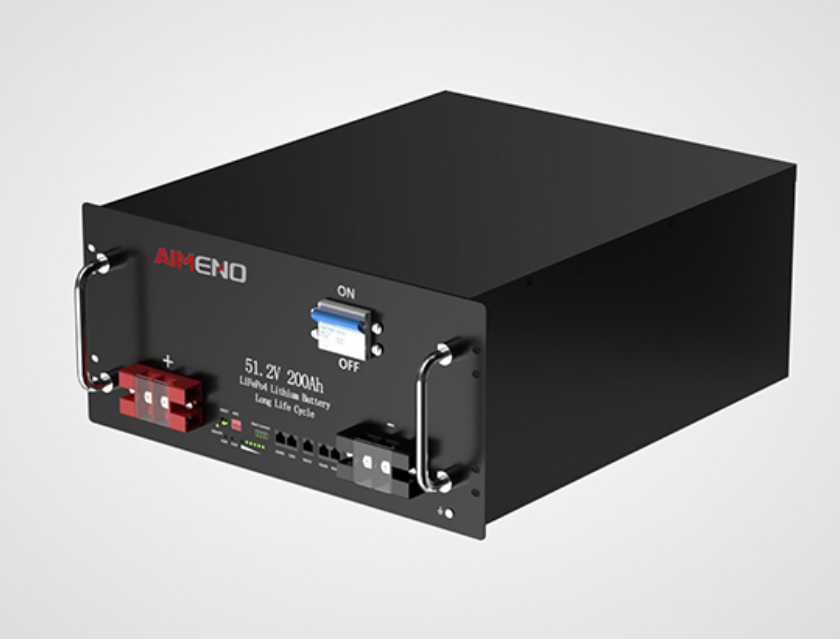A solar panel's output is measured in watts, and the capacity of a battery is
measured in amp-hours (Ah). To determine the size of the solar panel needed to
charge a 100 Ah battery, you will need to consider the amount of sunlight that
is available, the charging efficiency of the solar panel and controller, and the
usage of the system.

The first step is to determine the amount of sunlight that is available in
your location. The peak sunlight hours for a location can vary depending on the
time of year and the angle of the sun. For example, a location at a latitude of
40 degrees North will have peak sunlight hours of about 4-5 hours per day in the
summer, and about 2-3 hours per day in the winter.
Once you have determined the number of peak sunlight hours, you can estimate
the amount of energy that is available to charge the battery. For example, if
you have 4 hours of peak sunlight per day, and you have a 200-watt solar panel,
the panel will generate 800 watt-hours (Wh) per day.
The next step is to consider the charging efficiency of the solar panel and
controller. A solar panel's charging efficiency will vary depending on the type
of panel, and its age and condition. A good rule of thumb is to assume that a
solar panel will have an efficiency of about 15-20%. This means that, in our
example above, only 120-160 watt-hours (15-20% of 800) of the energy generated
by the panel will be used to charge the battery.
Finally, you will need to consider the usage of the system. The 100 Ah
battery will have a capacity of about 1200 watt-hours (100 Ah x 12 V). If you
use the battery at a rate of 100 watt-hours per day, it will take 12 days to
fully discharge the battery.
You should multiply your daily power need(in watt hour) with the number of
days of autonomy you need.
So assuming you need 100 watt hours of power per day, with autonomy of 3
days:
100 * 3 = 300 watt hours.
In this example, you would need a solar panel with a rating of at least 300
watts in order to charge a 100 Ah battery with a autonomy of 3 days.
Keep in mind this is a rough estimate, as there are many other factors that
can affect the charging of a battery, such as temperature, shading, and the
condition of the battery itself. It is important to choose a solar panel that is
appropriate for your specific needs, and to monitor the charging and usage of
the system to ensure that it is working properly.Check out our custom services:Lithium Battery Manufacturing
Frequently Asked Questions
Q: How do I know how much sunlight is available in my location?
A: The peak sunlight hours for a location can vary depending on the time of
year and the angle of the sun. One way to determine the amount of sunlight that
is available in your location is to use a solar resource map or a solar
radiation calculator, which can provide estimates of the amount of sunlight that
is available for a specific location and time of year.
Q: Why do solar panels have an efficiency of only 15-20%?
A: Solar panels have an efficiency of only 15-20% because of the materials
and technology used in their construction. While the efficiency of solar panels
has improved over time, there are still limitations to how much energy they can
convert from sunlight to usable electricity. Factors such as temperature,
shading, and the condition of the panel can also affect their efficiency.
Q: How do I choose a solar panel that is appropriate for my needs?
A: Choosing a solar panel that is appropriate for your needs involves
considering a number of factors, including the amount of sunlight that is
available in your location, the capacity of your battery, and the usage of your
system. You should also consider the size and weight of the panel, as well as
its efficiency and durability. It's a good idea to do some research and compare
different models and brands before making a decision.
Q: How can I monitor the charging and usage of my solar panel system?
A: Monitoring the charging and usage of a solar panel system can be done by
using a battery monitor or charge controller, which can provide information on
the state of charge of the battery and the amount of energy that is being
generated by the solar panel. Additionally, you should regularly check the
voltage of the battery and ensure that it is being charged properly.
